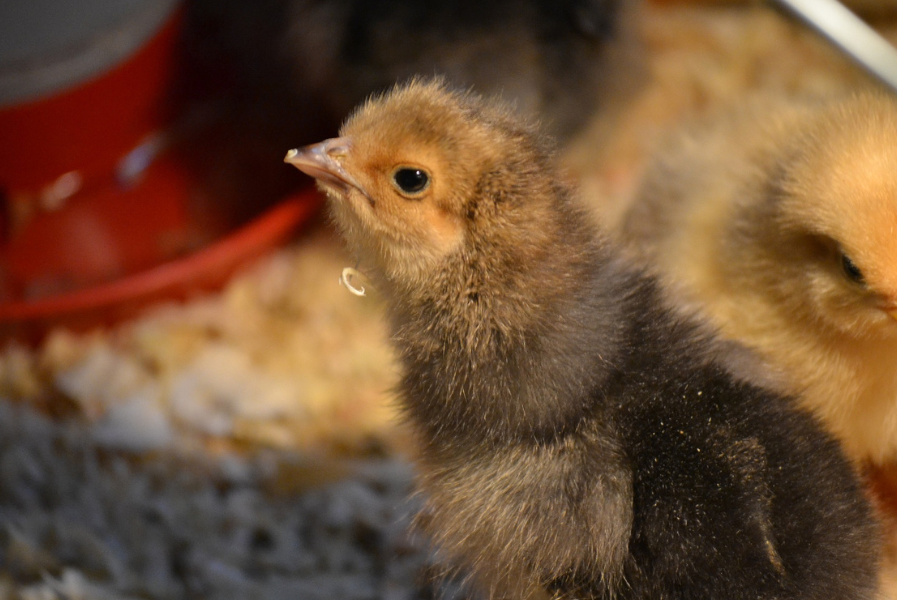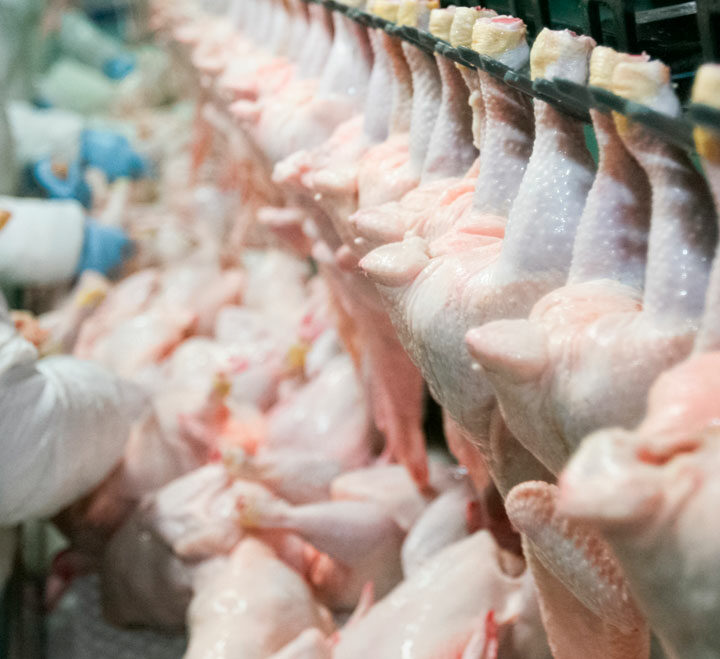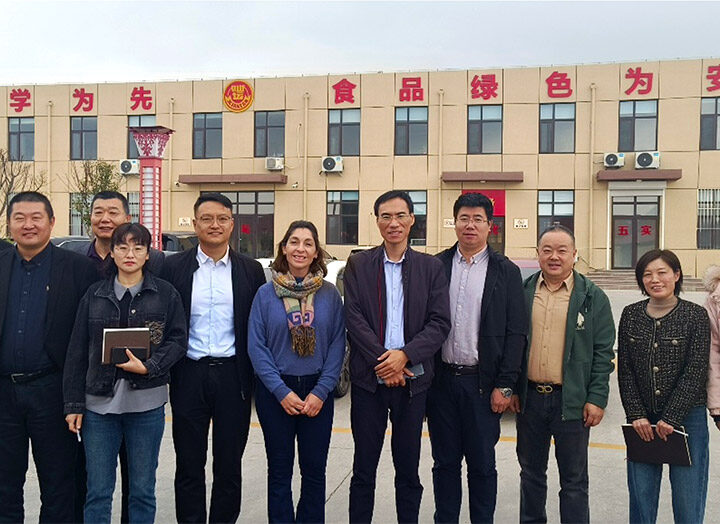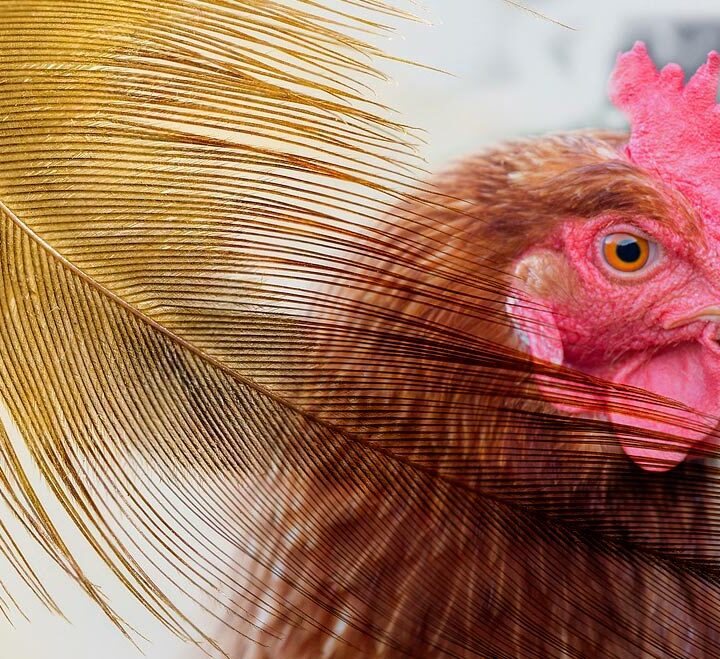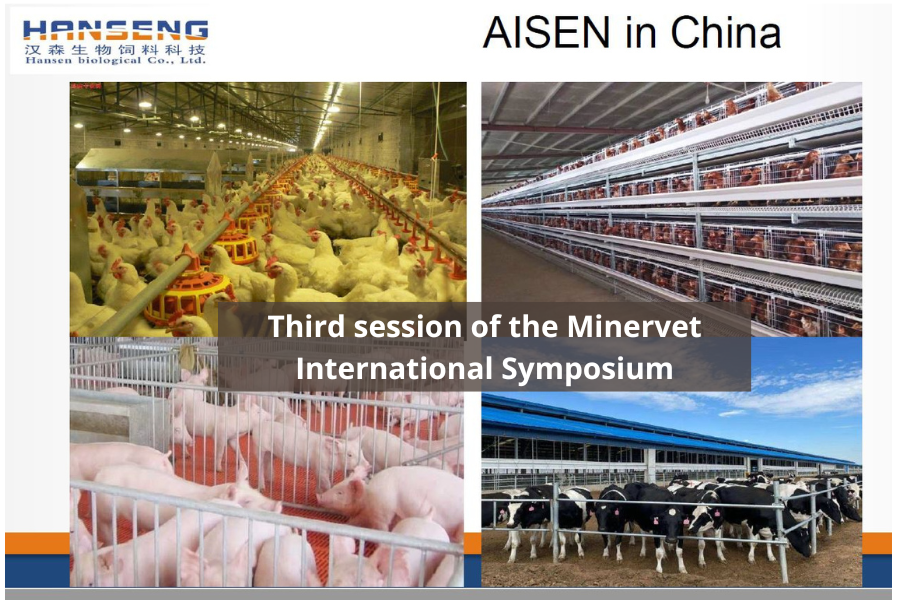
Third session of the Minervet International Symposium
26 de August de 2022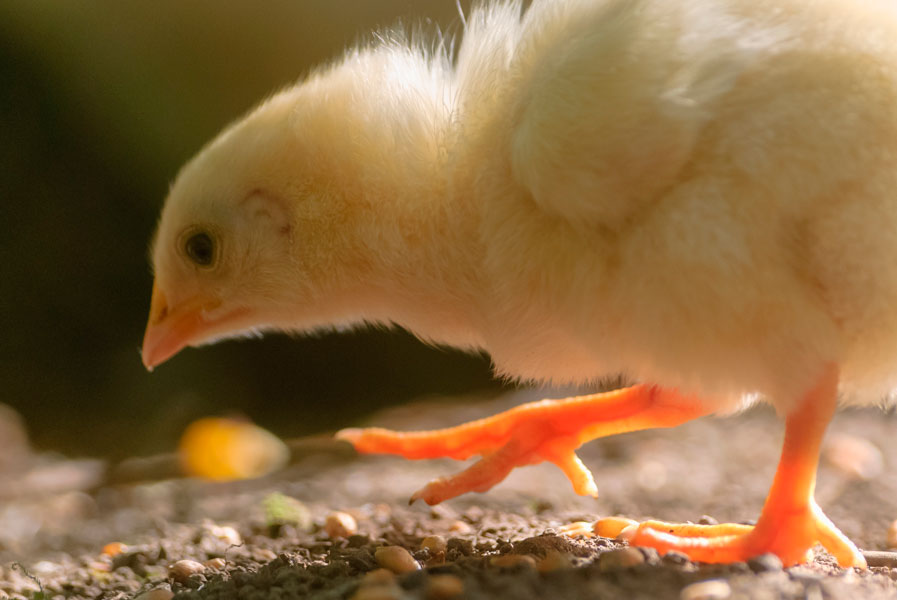
1st Phase zootechnical program in broilers
21 de November de 2022Poultry production is characterized by being a short-cycle production system compared to other species. The reduced time to obtain a product implies correct handling to reduce the impact of losses of various kinds in the batch.
Nutritionists have the important job ahead of formulating diets according to high-performance genetic lines, in the case of meat birds, with finishing times of around 40-50 days.
Poultry nutrition is a broad complex that involves the adaptation of diets to different production systems (broilers in intensive conditions, commercial layers, breeders and variants of these systems) covering the needs of birds for metabolizable energy, crude protein, fiber, fat, macrominerals, microelements and additives.
The ingredients used in the formulation of the diets must meet the requirements for the category and productive stage, minimizing the risk of deficiencies or excesses that can lead to pathologies or damage to the environment.
Some of them are listed in this article:
MANGANESE
Manganese is a trace element that acts as an enzyme activator and is part of arginase, pyruvate carboxylase and Mn-superoxide dismutase. Along with Zn, it has important functions in the immune response and is also involved in the orientation of calcite crystals that make the shell harder (Mys, 2001).
A deficiency of this micro mineral in the diet of growing chickens causes PEROSIS or CHONDROSTROPHY characterized by retarded growth of long bones, thickening of the tibio metatarsal joint, rotation of the distal end of the tibia and the proximal end of the metatarsal and displacement of the tendon of the gastrocnemius muscle of its condyles completely altering locomotion. In laying hens, production will be reduced with thinning of the shell, poor hatchability, and birth of manganese deficient chicks that present alteration of the beak, bulging of the skull, delayed development of the down and malformations of the auditory canal.
In excess it is difficult for it to produce toxicity, but it could cause immunosuppression.
MAGNESIUM
It has important functions related to the formation of the skeletal matrix, nerve stimulation and muscle contraction. This ion acts as a catalyst for enzymatic systems involved in the metabolism of proteins, lipids and carbohydrates, including reactions related to ATP that gives energy to metabolic pathways. In addition, it is necessary for the secretion of insulin and the formation of antioxidants with immunoprotective action.
Commercial diets are often high in magnesium, so its deficiency is rare. However, chicks fed deficient diets show growth retardation, lethargy, altered sensorium to slight stimulation, and may present brief convulsions and poor life expectancy.
In laying hens, magnesium reduction shows a rapid decrease in egg production, hypomagnesemia, and bone magnesium leakage. The size of the egg, its weight and the presence of Mg in the yolk and shell will be reduced.
Intraosseous Mg deficiency increases the calcium content that enters the bone, generating a reduction of circulating calcium in the blood. In response to hypocalcemia, the parathyroid gland appears hyperactive.
An excess in the diet could affect growth, cause diarrhea and alter the size of the egg and the thickness of the shell.
CALCIUM AND PHOSPHORUS
These two macrominerals are essential for the development of the bone skeleton and the formation of the shell.
There are other important functions to name such as the intervention of Ca in blood coagulation processes, muscle contraction (skeletal, cardiac and smooth), regulation of heart rate, transmission of nerve impulses and neuromuscular excitability, catalyst of enzymes, secretion of hormones and factors hormone releasers.
Phosphorus, for its part, participates in metabolic reactions related to energy transfer, muscle growth, a component of nucleic acids and phospholipids, activator of enzyme complexes, maintenance of osmotic and acid-base balance, protein synthesis and forming part of the structure of the ATP.
The organic phosphorus provided by vegetables is not usable by birds, so it is estimated that two thirds of the phosphorus intake in the diet must be of inorganic origin.
60-80% of the phosphorus contained in ingredients of plant origin is bound to an organic molecule called phytate, which affects its use, making it necessary to include phytases in the diet, increasing the cost.
To metabolize calcium in the body, birds need the presence of microminerals such as copper, fluoride, iron, magnesium, manganese, zinc and Vitamin D3 in their feed. The absorbed calcium can be fixed or removed. Thus, calcium will be fixed or retained in the bone under the action of hormones such as calcitonin, estrogens, prostaglandins and parathyroid hormones, depending on the metabolic need.
When laying begins, a secondary bone system called medullary bone is activated in females, which uses bone calcium to form the shell when intestinal calcium absorption is insufficient. The phosphorus removed by this system is not usable and is excreted in the urine. The system will remove Ca and P to the detriment of bone quality.
If calcium and phosphorus deficiency is maintained, rickets or osteomalacia is quickly observed with the presence of eggs with thin and brittle shells.
Due to the aforementioned, we must promote the use of calcium of intestinal origin by adapting meals to the stages of egg formation and promote the balance of the microbiota through the addition of shikimates molecules that improve calcium absorption in the intestine.
Author: Dr. Evangelina Zarate

